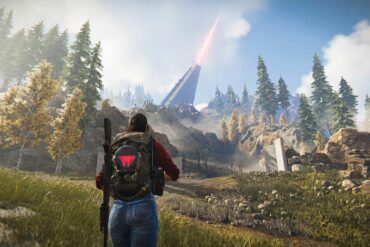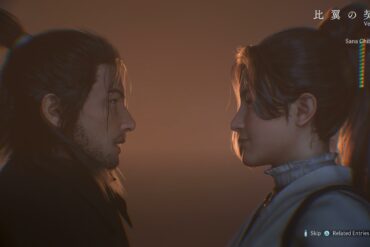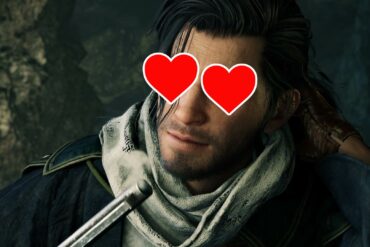
When discussing the greatest video game of all time, Nintendo’s 1998 effort, The Legend of Zelda: Ocarina of Time, is one of the heavy hitters.
Ocarina of Time has topped many all-time lists, including IGN and GameStats; it is also currently the highest-rated game overall on Metacritic. It is a seminal title in the gaming world. In the decades since its release, it has influenced the entire action-adventure genre, and even 3D gaming as we know it.
What is The Legend of Zelda: Ocarina of Time?
Warning: spoilers below… unless you’re like most people and have already played this game, in which case you should be right.
The Legend of Zelda: Ocarina of Time follows Link as he attempts to save Hyrule from the clutches of the evil Ganondorf, who is trying to steal the sacred Triforce. Link must first obtain the three Spiritual Stones to claim the Triforce before Ganondorf can.
While escaping Ganondorf, Princess Zelda entrusts Link with the mystical Ocarina of Time, an instrument that can open the door to the Sacred Realm and the Triforce. However, when he enters the Sacred Realm, Ganondorf follows him, steals the Triforce, and takes over the Kingdom of Hyrule.
To free Hyrule, Link must awaken the seven sages, five of whom do not even know their true identities. With the sages awoken, Link can finally take on Ganondorf with the power of the Master Sword to free Hyrule once and for all.
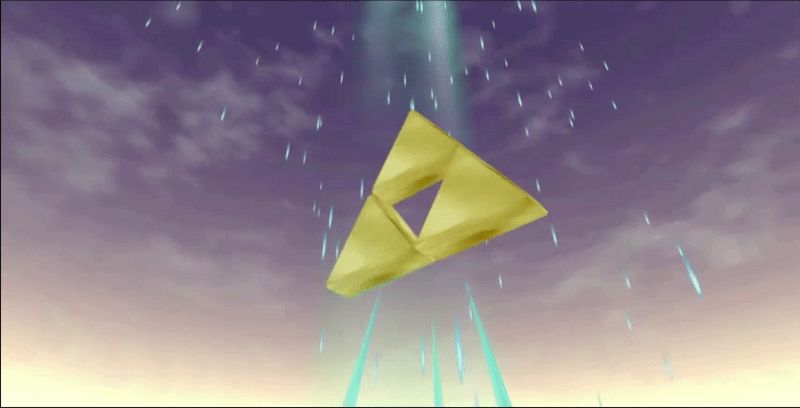
A Step Through Time: A Quick Recap
Ocarina of Time was released worldwide at the end of 1998 and was hotly anticipated in the months leading up to its release. It was originally intended to be released on the ill-fated 64DD disc drive but had to be migrated onto cartridge media to account for its massive size.
Despite being released only 6 weeks before the end of 1998, Ocarina of Time sold a staggering two-and-a-half million copies worldwide by the year’s end, enough to get it onto most year-end sales lists. International sales have now reached over 7 million units and counting. The game’s enduring popularity led to its re-release on the GameCube and the iQue Player in 2003, and a remastered 3D version was released on the 3DS in 2011.
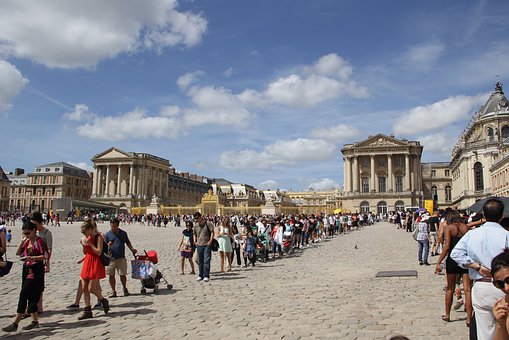
With Ocarina of Time, Nintendo redefined what was possible in a game. Features such as the Z-targeting system, the use of surround sound, and the sheer level of detail changed how the world viewed what was possible in a 3D game. It still influences gaming as we know it today.
How Does The Legend of Zelda: Ocarina of Time Look Through Fresh Eyes?
My initial thoughts of this game were… well, to be honest, not great. I chose this game, knowing its reputation, but not a lot else. It wasn’t long before I started questioning what I’d gotten myself into.
The initial tutorial level felt like a large amount of work for a small reward, and the following seemingly aimless mission in the Deku Tree was filled with a raft of annoying enemies. Before long, I began wondering if Ocarina of Time was really just the most overrated game of all time instead.
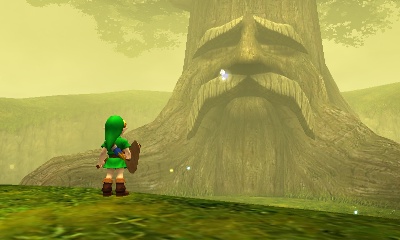
But please, young warrior – put away your keyboard, for I soon learned the error of my ways. This game is not overrated at all. This game is good. In fact, this game is excellent. It wasn’t long before I was absolutely enchanted by this game; I knew then the hype was real. Everything in this game works – the characters, the story, the world, the music – the list could go on. It all goes together well, and what it delivers to you is an absolute masterpiece of a video gaming experience.
Despite being released over 20 years ago, this game still holds up. Yes, it is not absolute perfection. But the fact is, I began this game in 2020 and became almost immediately immersed in it like I would any new release. That says a lot about how well-crafted this game is.
Rising to the Top – Top 3 Highlights
With a game as good as this, there are a lot of contenders for the top three highlights. After serious consideration, these three highlights show off the best features of what The Legend of Zelda: Ocarina of Time offers.
1. Music
Opinions on music will always be subjective. I, for one, loved the soundtrack to this game. Before I knew it, I was humming this soundtrack at work and seeking it out on Spotify. Personal favourites include the Kakariko Village theme music as well as the captivating Zelda’s Lullaby.
But a good soundtrack is not just about what’s going to make my Spotify Top 100 at the year’s end. It is also about how well the music works with the game. Great soundtracks can add a whole new level to a video game. From the idyllic Hyrule Field to the chaotic boss fights, Nintendo has hit the nail on the head with Ocarina of Time.
2. The Setting
One thing that I simply didn’t expect from Zelda was the open-world nature of the game. I expected some sort of strictly lineal game, not the massive, almost sandbox-type game that I was greeted with instead. The fact that I could run off and do a side mission or two in between levels astounded me. I can only imagine what I would have thought had I played this in 1998.
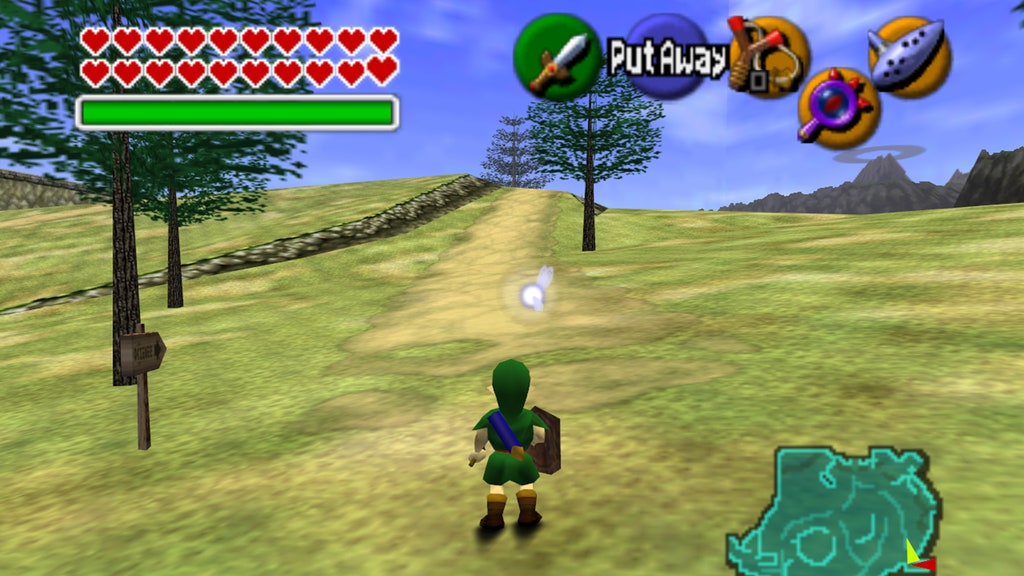
But it’s not just the size of the setting but the variance in it, too. Each level uses a different elemental influence, creating a unique experience each time. For example, the concept of day and night is introduced. I’m impressed if I see that in a game now, but in 1998, that would have blown my tiny mind!
And if that wasn’t enough, the player is shot forward seven years halfway through the game. This was a game-changer. It gave the game a new layer of depth without making it too complicated. It’s something many games since have struggled to achieve, but it is something that Nintendo got completely right here.
3. The Varied Gameplay
Something hit me as I was playing through this game, fighting yet another level boss and trying to figure out how to defeat them. And no, I’m not talking about that troublesome oaf, King Dodongo. Every single one of these has involved completely different gameplay to defeat. Not just a different level setup or weapon, but completely different methods needed to beat them.
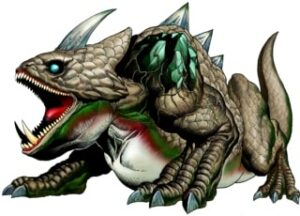
That’s how it is across the entire game. Some games rely on repetitive enemies and levels to pad out the game — Assassin’s Creed, I’m looking at you. But not Ocarina of Time, not at all. Every new level and enemy requires a lot of thought – and some helpful tips from my new best friend, Navi. To me, that is an incredible feat that makes the game exciting to play and stops it from feeling like one long, hard slog.
The Dregs at the End – Bottom 3 Lowlights
Unfortunately, no game is perfect, but it is fair to say that any disappointments in this game were minor at best.
1. The Graphics
While most of the graphics in this game were amazing, some of them were not. There were three parts that could have been done better: the insides of some of the buildings (for example, the houses in Kokiri Village), maneuvering around Hyrule Castle (whoever thought that camera system was a good idea needs a stern talking to), and the characters (the most common area of complaint).
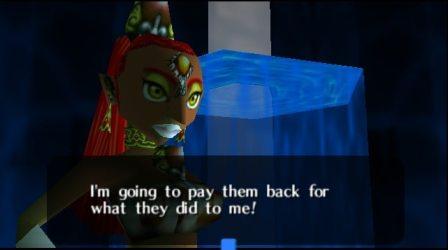
© Nintendo
The fact is that these graphics weren’t bad compared to other games out there, but considering the detail and effort that clearly went into the rest of the game, it certainly feels like Nintendo dropped the ball here.
2. The Water Temple
You’ll know what I’m talking about if you’ve played this game before. Not much needs to be said about this, but that level was by far the worst level in the game and the worst I’ve had to deal with in any game for a long time.
It’s not that it was hard; it was just tedious and frustrating. In fact, this level is so notorious that it has its own Wikipedia page.
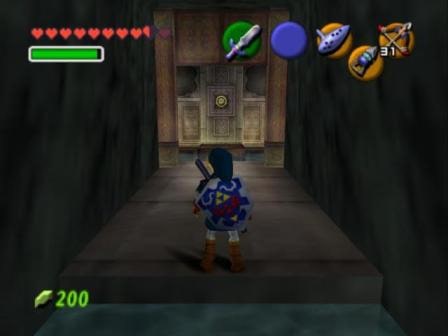
Even if the game isn’t as difficult as everyone once claimed it was, it was certainly tedious and warranted a touch-up for the 3DS re-release. In fact, if it weren’t for internet walkthroughs, this review wouldn’t exist because I’d still be down there equipping and unequipping those damn iron boots.
3. The Low Health Reminder
The fact that this is one of the top three lowlights shows how good this game really is. But it also shows how annoying that noise was. As if I wasn’t stressed enough by my low health, I now have an incessant beeping in my ears reminding me of this. It also continues to beep until I find a new source of health. The odd beep or even a flash would have been preferable. This, however, was just overkill and the source of some much-unneeded frustration.
Biggest Surprise in Ocarina of Time
No matter what we expect of a game, something always comes out of left field and takes us by surprise. Sometimes, it’s a good thing, and sometimes not.
There are plenty of valid choices for the biggest surprise of this game, but to me, it was the integration of music into the game. It’s not just the fact that it was done but how well it was done too. The ocarina is easy to use, and learning the buttons required to play the different songs was nowhere near as difficult as it sounds.
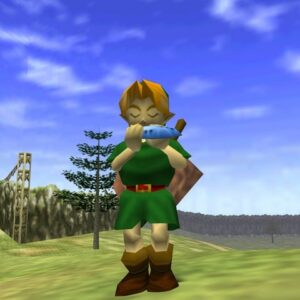
I have already lauded the beautiful soundtrack. But the way the soundtrack introduces different areas adds a spell-binding atmosphere to the game. The music works perfectly, and added sound elements, like needing to follow the music to navigate the Lost Woods, gave Ocarina of Time aspects that games today struggle to pull off correctly.
Tier Listing: How Does it Stack Up?
After reviewing each retro game, they will be placed on The Game Crater Retro Review Tier List. This list will determine where they ultimately stack up with one another.
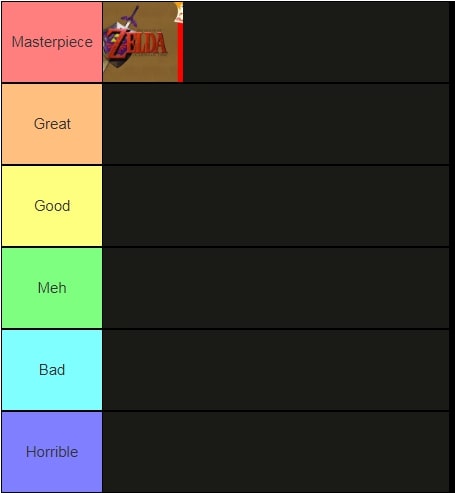
It should be no surprise that Ocarina of Time is rated in the top tier. It is a truly great game and worthy of the Masterpiece title. Of course, as it is the first game reviewed, it has nothing to compare to. Only time will tell how it will stack up to those who come after it.
Final Thoughts: Are We Looking at It Through Rose-Tinted Glasses?
It is no overstatement to say that I feel more complete for finally playing this game.
Nintendo has created a magical world that draws you in and makes you never want to leave. The bright colours of the scenery. The beautiful Renaissance-style music. The wonderful range of characters. These all make for a great game with brilliant depth. Despite the surprisingly long overall length of gameplay time, it never feels like a drag.
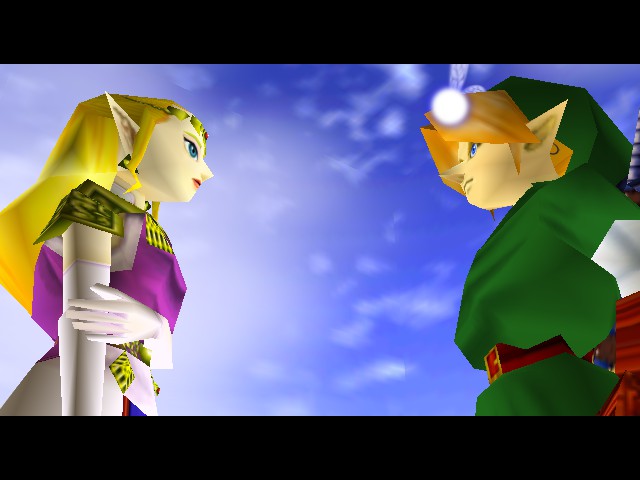
Yes, there are minor gripes, but let’s be honest – they pale compared to what this game has achieved. There is a reason this game tops so many all-time lists. It’s the same reason why I can play it now and be enchanted by it like millions were in 1998. Nintendo dreamed big and differently with Ocarina of Time, and they hit it out of the park.
What are your memories of this game? Do you agree with my thoughts? What game should be reviewed next? Whatever your thoughts are – don’t keep them to yourself: sound off in the comments below.


